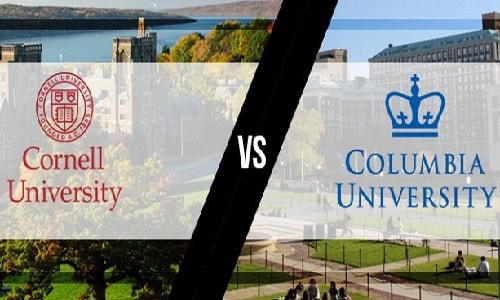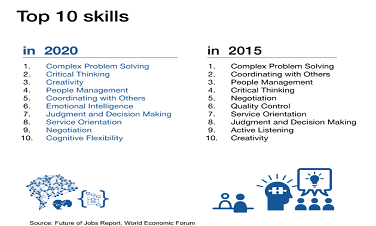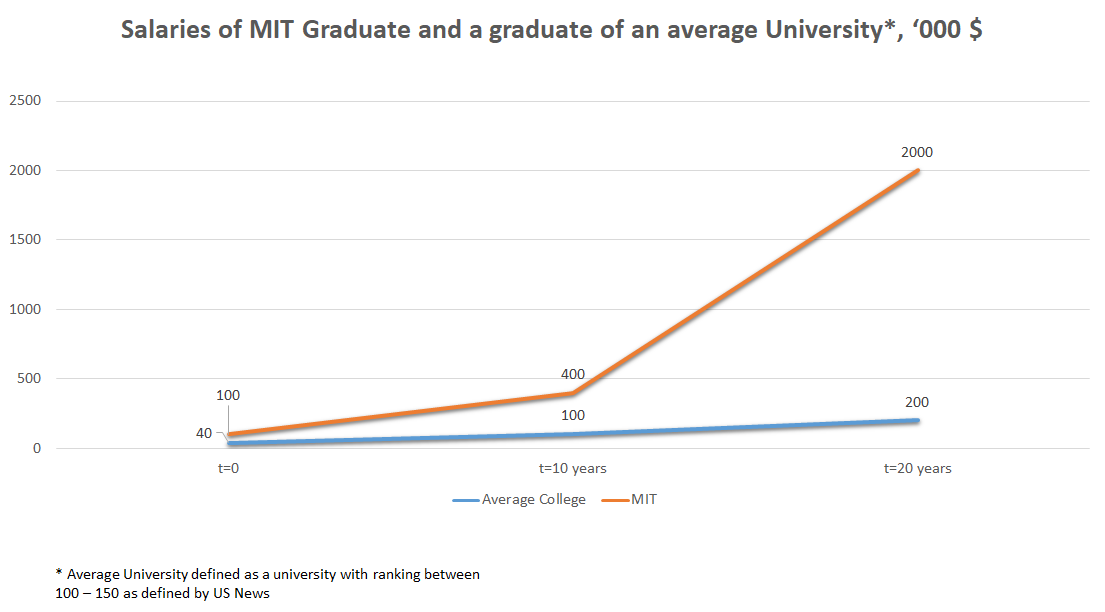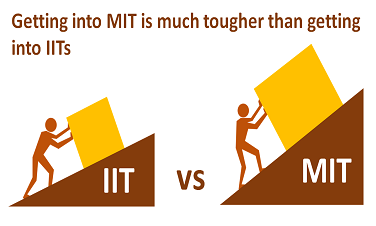MBA Application Preparation – How do I go about it?
- Written by UnivAdmitHelp
- Category: Admission Application
- Published on 25 Jul 2018
MBA applications are a hard nut to crack. And with acceptance rates for top schools for highly visible demographics like Indians, Chinese and South Koreans running into very low single digits (like 1-3 %) and competition among some very serious candidates, you need to be extremely differentiated to get in. Starting early helps. Often times, a mentor who is able to look at your application from a different perspective can make a positive difference. However, in general, focus on your strengths and applying to a school that is aligned to your personality works.
We recommend a few salient points –
Deadlines come faster than you think
In 2017, Harvard had an early decision (Round 1) deadline in the first week of September. MIT Sloan had the same deadline in the week 2 of September. By October, pretty much all the schools’ Round 1 deadlines were gone. If you are a well-prepared candidate who is gunning for the best, you would definitely like to apply in the Round 1.
There is lots to write (and think)
Honestly, there is a lot to write and before that you need to think through your entire story. And to think of it, there is not too much synergy across these multiple applications. You will have to prepare a lot! Let us look at the essay questions of some of the M7 super-elite business schools –
Stanford: (Cumulative word count 1200)
Essay 1: What matters most to you, and Why?
Essay 2: Why Stanford?
Wharton: (Cumulative word count 1150)
Essay 1: What do you hope to gain professionally from the Wharton MBA? (500 words)
Essay 2: Teamwork is at the core of the Wharton MBA experience with each student contributing unique elements to our collaborative culture. How will you contribute to the Wharton community? (400 words)
Essay 3: Explain how you have reflected on the previous decision about your application, and discuss any updates to your candidacy (e.g., changes in your professional life, additional coursework, extracurricular /volunteer engagements). (250 words) *
*First-time applicants may also use this section to address any extenuating circumstances. (250 words)
And this is over and above the usual requirement of cover letter, resume and the Letters of Reference. All in all, you are looking at over 2000 words of writing!
The key here is not the quantum of writing but rather the thinking. Your story needs to be crisp and flows to naturally fit in the requirements of a particular school. Often time, it takes multiple iterations before the story sets in! Some of our clients have rehashed their stories as much as 40-50 times before getting the final narrative in place.
Fluency with Multi-media formats
These days, many schools are asking their prospective students to submit essays in video/ slide/ story-book forms. For those of us, who are not naturally inclined to use these tools well, there is a struggle and diffidence in going down that path. However, a picture is worth a thousand words and (maybe) a video is worth 1000 pictures. This format allows you to tell your story emphatically and get greater import from the reader. Again, this means that you need to be ready with these formats as well. While there are no extra points for making these presentations ‘chic’, however the point remains that a story told well is likely a story that will get you in!
Let’s look at a few essays which were asked in the 2017-18 cycle by the M7 B Schools.
MIT Sloan:
Essay: Please introduce yourself to your future classmates via a brief 60 second video statement. Videos should be a single take (no editing) lasting no more than one minute and consisting of you speaking directly to the camera. We recommend using an application such as QuickTime or iMovie to record yourself.
Chicago Booth:
Video: View this collection of shared Booth moments. Choose the moment that best resonates with you and tell us why.
(Videos should be a single take (no editing) lasting no more than one minute and consisting of you speaking directly to the camera. We recommend using an application such as QuickTime or iMovie to record yourself.)
Very clearly, in a departure from the traditional practices, the Business schools are getting aligned to multiple modes of communication. And increasingly a significantly higher percentage of people are expressing themselves using videos, white-board animation, slide-decks, story-books and others.
And many more other things to manage
A B Schools applicant has to manage many things in a tight schedule. Firstly, there is GMAT score – a competitive score is just a hygiene factor for a competitive application. You have to prepare the admission application - think of your narrative and express it cogently, get hold of your referees and get them to write great letters of reference, polish your CV and your leadership/activities section, etc. And all of this is usually done while being in a full-time job. No wonder, most applicants give up half way into the application cycle.
Constancy of efforts driven by a disciplined approach usually gets you the desired results. A serious candidate usually has taken his GMAT scores in place before the application preparation sets in. Start early and make sure you walk this journey till the very end. All the best!
Other Useful Blogs
MIT and Stanford – Admit in 2 of the super-elite M7 Business schools
How to build validation elements within your admission essay??
The Power of Narrative in the context of your Admission Application
Align your Persona with that of the University that you are planning to get in
Recent Posts
-
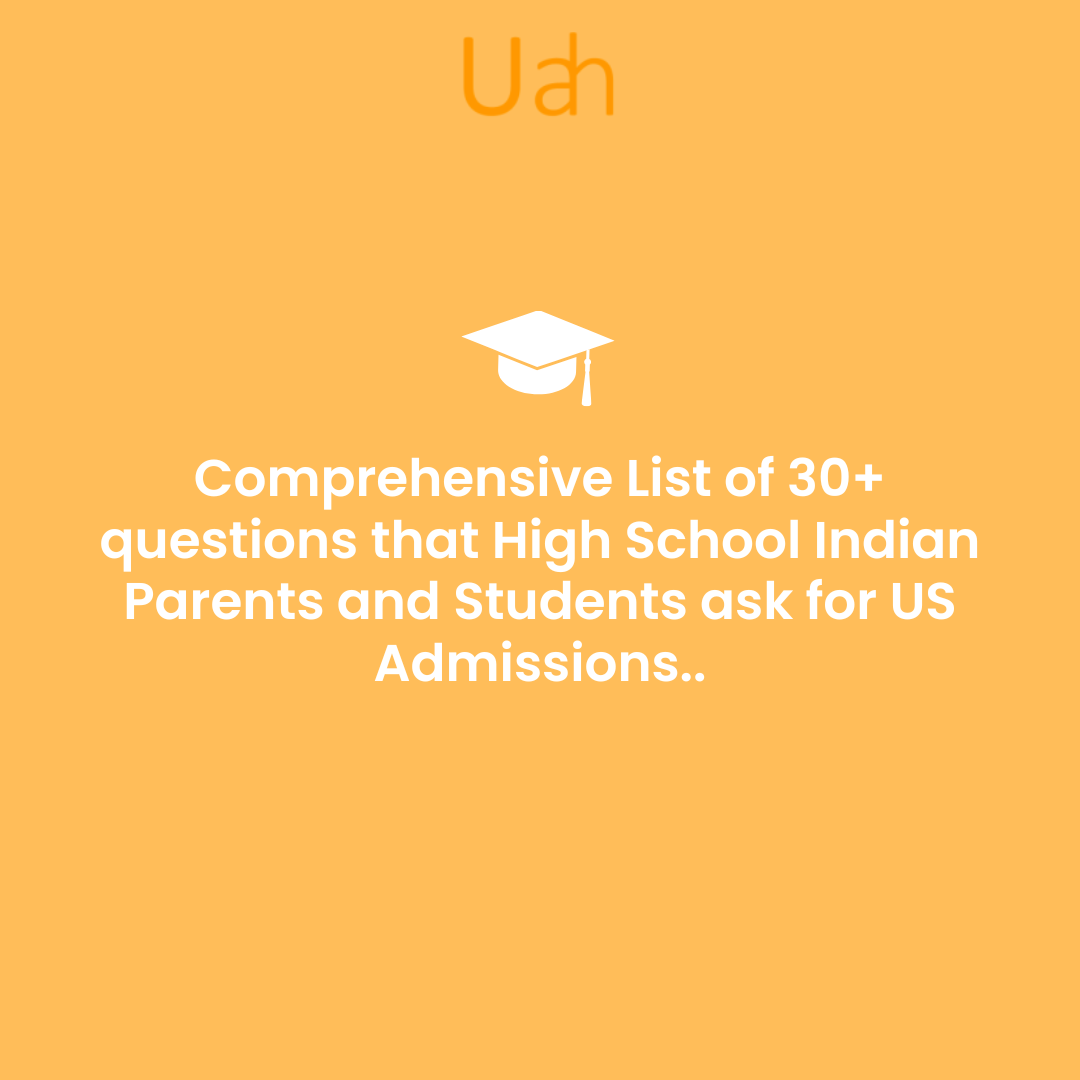
Comprehensive List of 30+ questions that High School Indian Parents and Students ask for US Admissions..
-
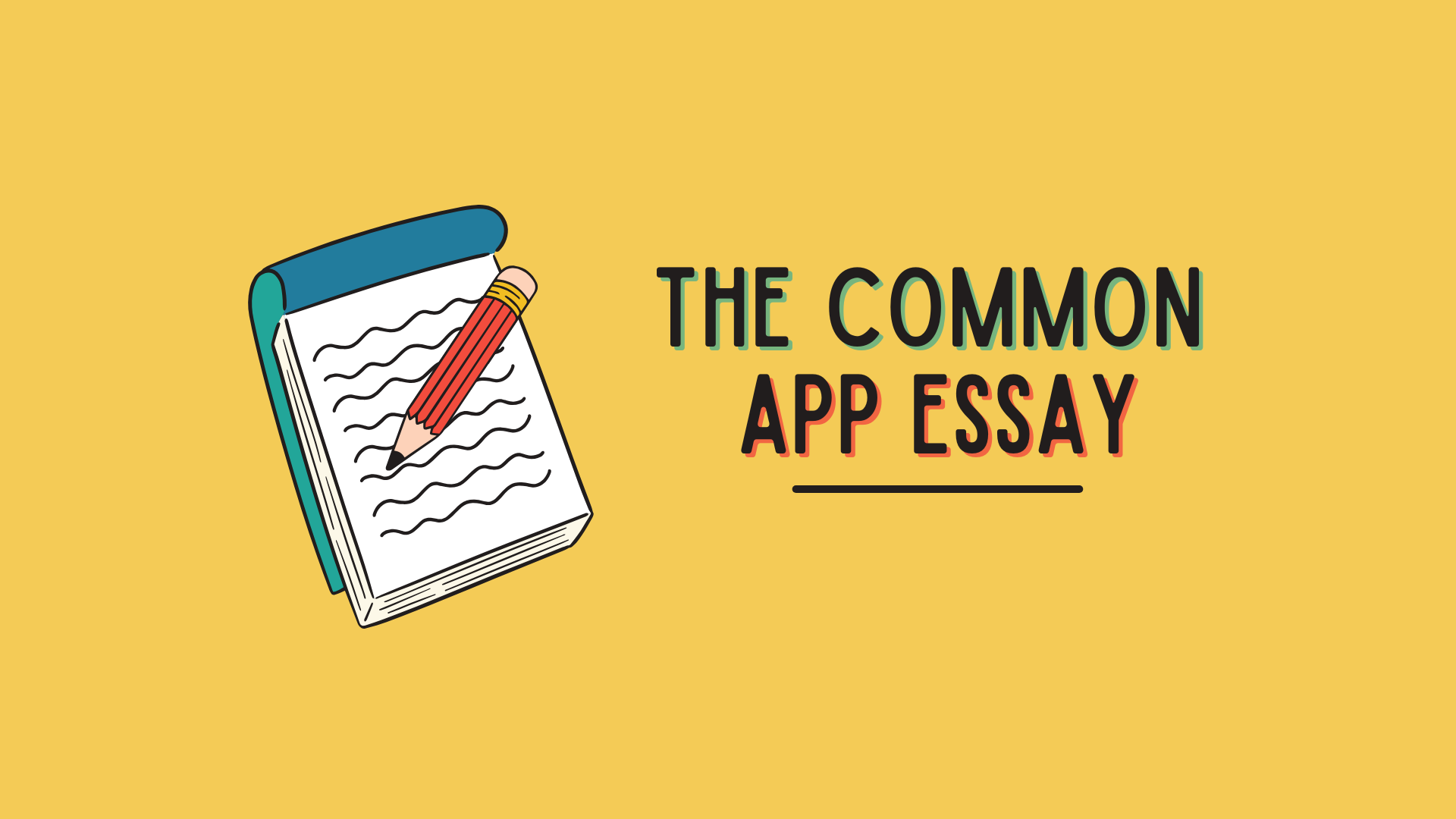
Common App Essay Tips 2025
-

Best extra-curricular activities for college admission for Indian students
-
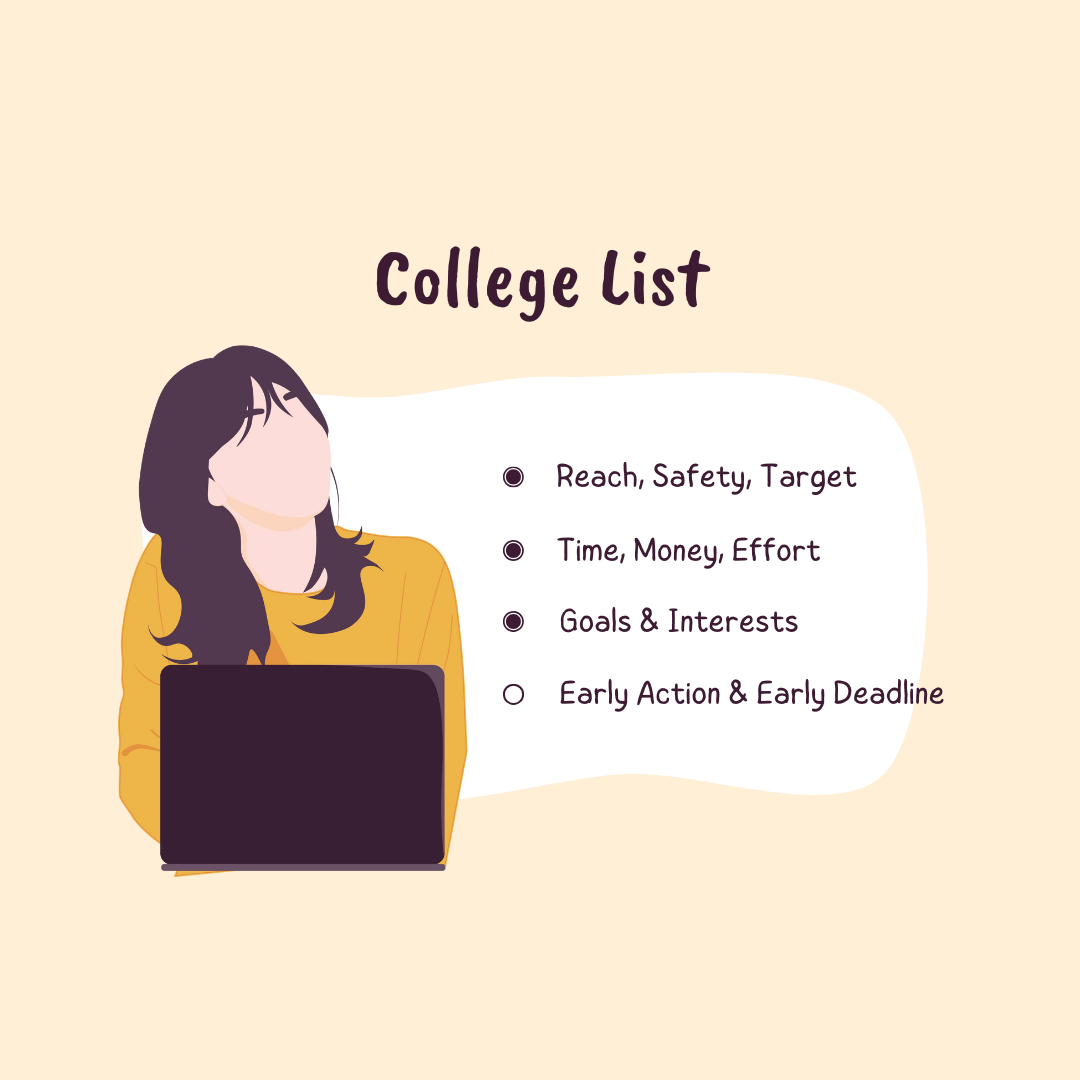
How Many Universities Should You Apply To? Expert Tips for U.S. and U.K. Admissions for Indian Students
-

Step-by-Step Guide to Creating an Exceptional Capstone Project for Indian Students
